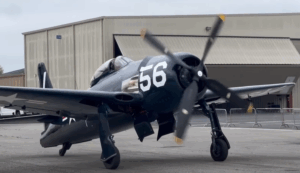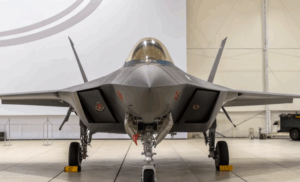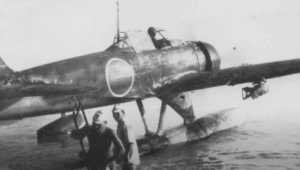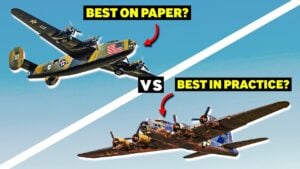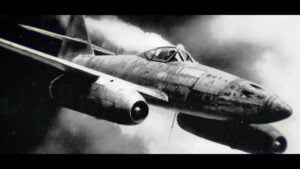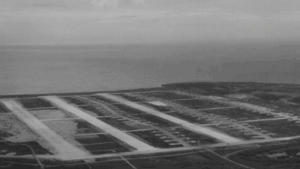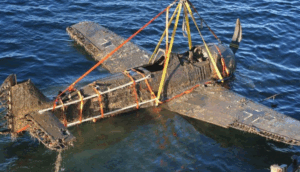Why the First Aircraft Launched from a Carrier is Last to Land

YouTube / Not What You Think
An aircraft carrier is like a floating city built around one of the busiest and most dangerous airports in the world. It can launch fully loaded fighter jets in under two seconds, but that speed and power come with risks.
One of the most intriguing aspects of carrier operations is why the E-2 Hawkeye is always the first plane launched and the last to land. Let’s dive into why that is—and why naval aircraft have folding wings instead of just being made smaller.
Longer Wings
At first glance, naval aircraft might look similar to Air Force jets. But when it comes to carrier operations, they’re built to withstand extreme stress—from the violent force of a catapult launch to the brutal shock of arrested landings. This requires reinforced components and, surprisingly, longer wings than their Air Force counterparts.
Why longer wings? Because they generate more lift, which is crucial when the runway is just 300 feet long compared to the 6,000 feet of a standard airbase. However, on an aircraft carrier, space is a luxury. That’s why these wings are designed to fold up—making it easier to store and move planes around the crowded flight deck.
The Eyes of the Fleet
The E-2 Hawkeye serves as the fleet’s “eye in the sky.” You might wonder why carriers need an airborne radar platform when their ships already have state-of-the-art radar systems like the AN/SPY-1. The answer lies in altitude.
When the E-2 is flying at 30,000 feet, it can spot threats over 200 miles away, giving commanders those precious extra seconds to respond. Its radar can track up to 300 targets, including aircraft, ships, and incoming missiles, across a surveillance volume of more than 3 million cubic miles. This real-time data gets transmitted directly to the carrier strike group, creating a massive early warning network.
First Aircraft to Launch, Last to Land
You might think the E-2 launches first to start monitoring the area before other planes take off, but that’s not the main reason. It actually comes down to practicality and safety. The E-2 is a big, bulky plane with massive propellers that make it a nightmare to maneuver on a packed flight deck. Flight deck handlers prefer to get it airborne first before the deck gets too crowded.
There’s another logistical issue too: the E-2 Hawkeye doesn’t have an APU (Auxiliary Power Unit) to keep its systems running on the ground. Instead, it has to be plugged into an external power source to keep its electronics and cabin air conditioning operational before takeoff. There are only a couple of spots on the flight deck where it can do this, so launching it first is just more efficient.
The E-2 is also the last to land for similar reasons. Once the flight deck is clear, it’s easier to handle the bulky aircraft and move it to a safe spot. Plus, it ensures that command and control capabilities remain active right up until the end of the flight cycle.














